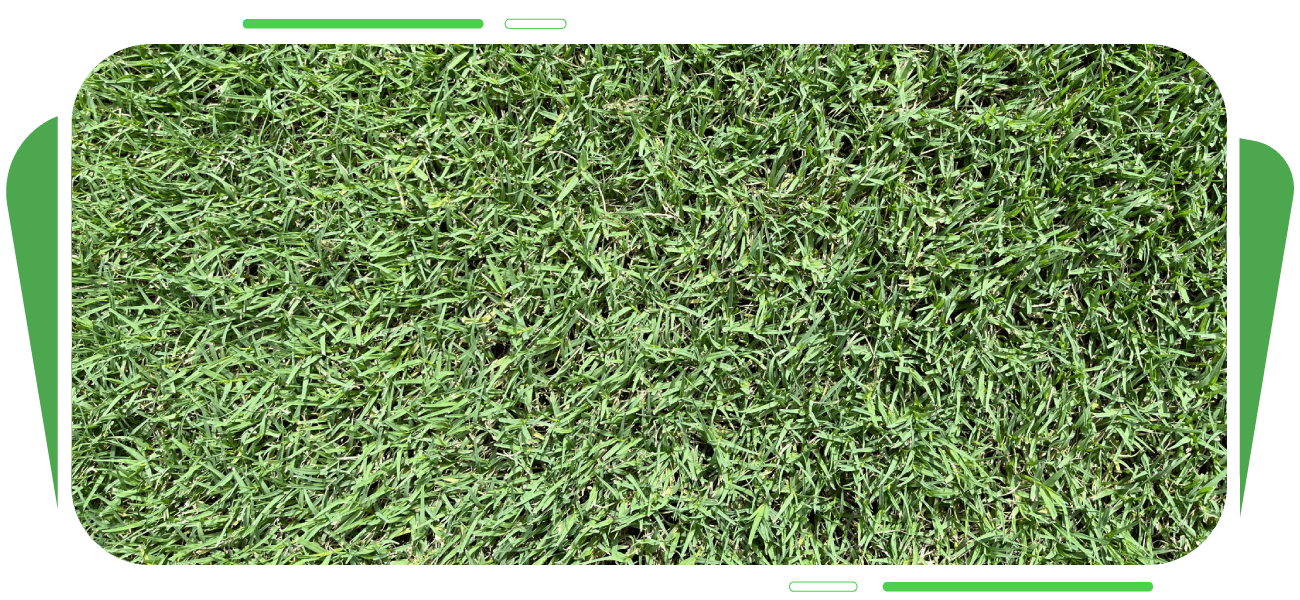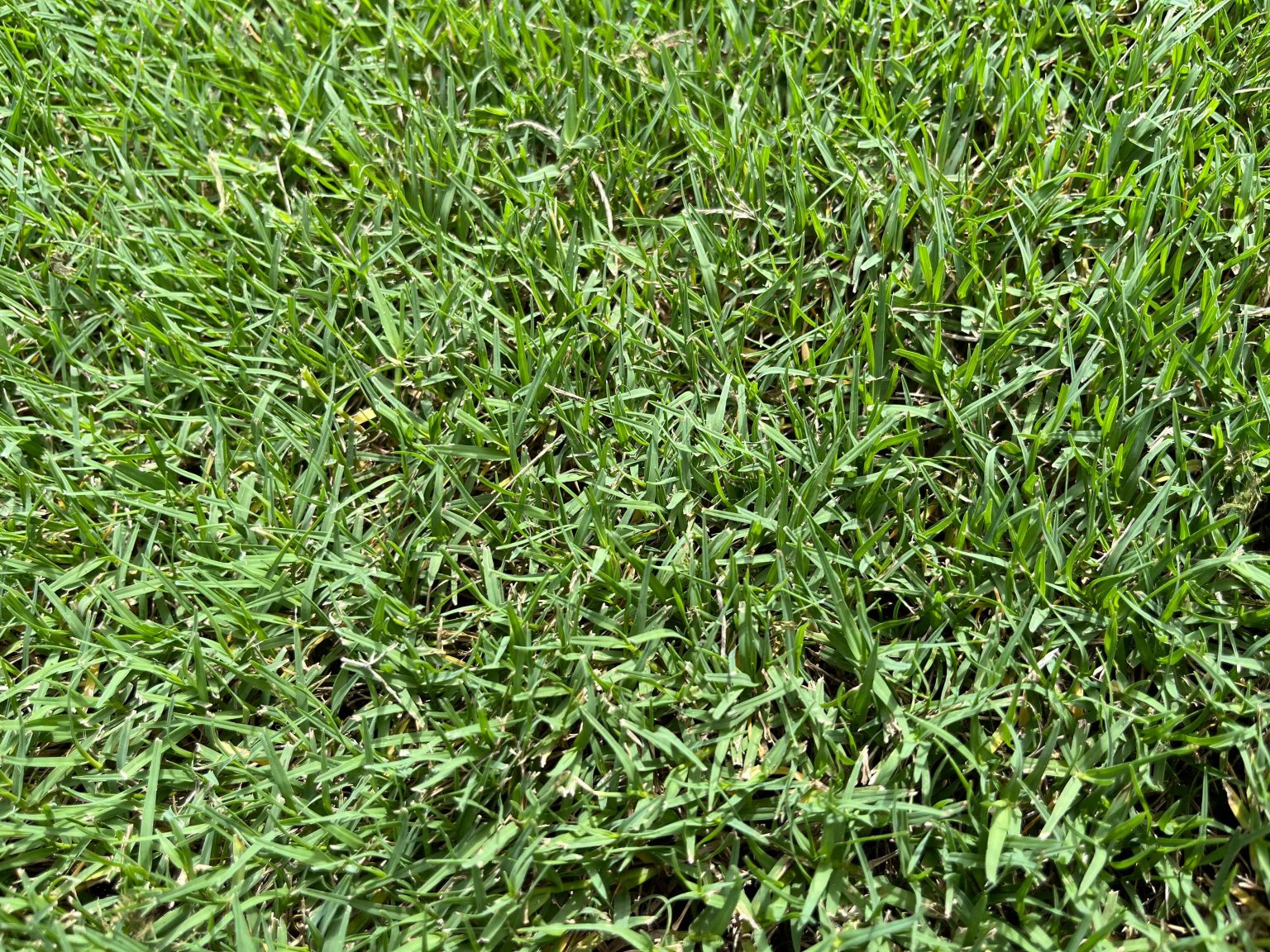
Please be aware that “Augusta Zoysia” is a specific brand of Zoysia grass, and it’s most commonly sold and marketed in Australia. The previous answer about Augusta, Georgia, and Zoysiagrass in general is relevant to that region, but if you’re asking about “Augusta Zoysia” as a product, the information below is specifically about that variety.
“Augusta Zoysia” is a premium, fine-bladed Zoysia grass variety that is often marketed as a high-end, low-maintenance turf for residential, commercial, and even golf course applications. It is known for its “eye appeal” and luxurious feel.
Key Characteristics of Augusta Zoysia
Appearance
It has a fine, soft texture and a deep, attractive dark green color.
Shade Tolerance
This is one of its major selling points. It boasts a high shade tolerance, often marketed to perform well with as little as 2-3 hours of direct sun per day. This makes it an excellent choice for yards with significant trees or other structures that cast shade.
Drought Tolerance
Like other Zoysia varieties, Augusta Zoysia has a deep and extensive root system, which makes it highly drought-tolerant once established. It is an efficient water user and can survive long periods of dry weather.
Low Maintenance
This is another key benefit. It is slow-growing, which means it requires significantly less mowing than other popular grasses like Bermuda or Buffalo. It also has low fertilization needs, reducing the amount of work and chemicals required to maintain it.
Wear Resistance
While it has a fine leaf, it is also a tough and durable grass that can handle moderate to high foot traffic. Its vigorous regrowth patterns help it recover from injury quickly, making it suitable for active families and pets.
Weed, Pest, and Disease Resistance
Augusta Zoysia is known for having a higher natural resistance to pests and diseases, which can further reduce the need for chemical treatments.
Winter Colour
It has excellent color retention late into the season and greens up early in the spring, which is a desirable trait for Zoysia grasses in cooler climates.
Maintenance and Care
Even though it’s considered low-maintenance, a healthy lawn still requires some care.
Mowing
Mow every 2-3 weeks in the warmer months. Maintain a height of 2-5 cm in sunny areas and 5-7 cm in shaded areas. Always use sharp mower blades and never remove more than one-third of the blade at a time.
Watering
Water deeply but infrequently to encourage a deep root system. Once established, it can withstand periods of drought without dying.
Fertilizing
It has low nutrient requirements. A light application of a slow-release fertilizer in late spring and again in late summer is often sufficient. Over-fertilizing can lead to thatch buildup.
Dethatching
While it produces less thatch than some other varieties, an annual dethatching in the early spring can help maintain a healthy lawn.

Where to Find It
Given its prominence in the Australian market, you will find it sold by various turf farms and landscape supply companies in eastern Australia, particularly in Queensland and New South Wales. It’s often sold as a premium product, and you can usually find it at a higher price point than other common Zoysia or Buffalo grasses.
